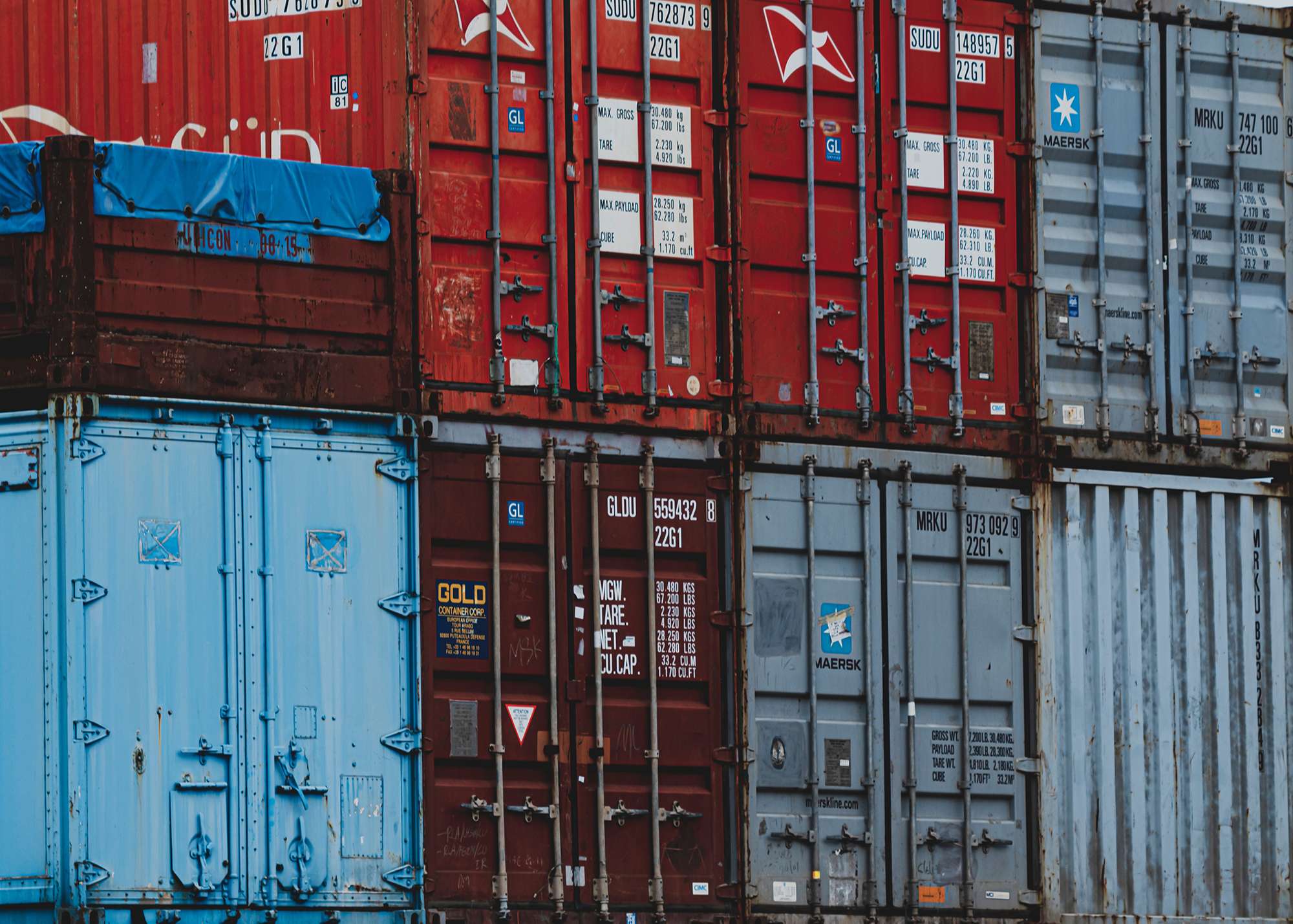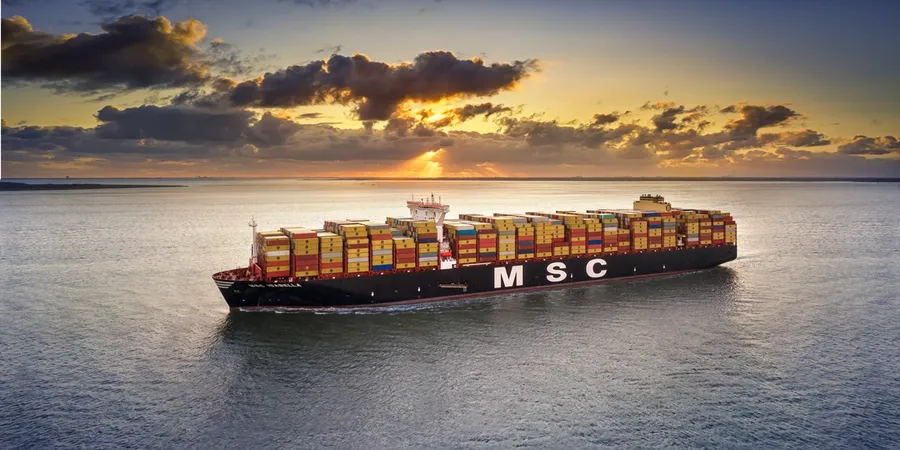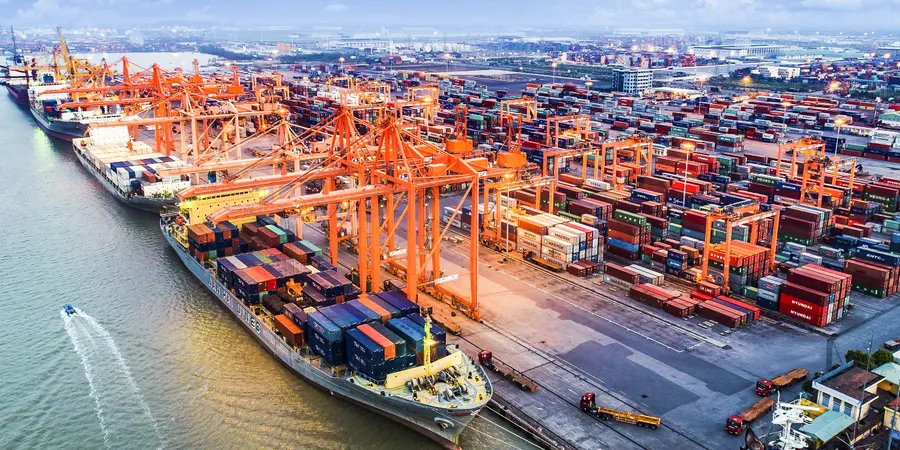Container equipment costs twice the price in the span of one year
Dry freight shipping container prices have skyrocketed in a year to reach record highs, but will decrease in the next years, according to Drewrys newly released Containers Census & Leasing Annual Review and Forecast 2021/22 study.
Dry box newbuild prices rebounded significantly in 2020, rising 75% year-on-year to their highest threshold since 2011 by the fourth quarter. Then, in Q2 of this year, 40ft high cube containers surpassed the US$6,500 mark, more than tripling in value over last year to achieve their highest rate since Drewry began tracking container equipment costs in 1998.
“Pricing has been influenced by rising demand for newbuild containers as shipping lines and lessors seek to rebuild fleets in the face of chronic equipment availability due to growing disruption across the container supply chain,” said John Fossey, Drewry's head of container equipment and leasing research.
In striking comparison, reefer and tank container prices were stable throughout 2020, but surged in the first half of 2021, rising 6.5% and 40% year on year, respectively, in Q2. The variable costs for these specific container types are distinct from those for dry containers, and prices are anticipated to continue increasing moderately over the next several years.
Consumer demand is just one factor contributing to the container shortage. Congestion also has a significant influence, since it ties up equipment. Overcrowded supply chains are very inconvenient for cargo carriers but tremendously beneficial for equipment lessors such as Triton.
Triton reported an adjusted second-quarter net income of US$144.2 million in 2021, up from US$60.1 million in the second quarter of 2020. Earnings per share adjusted to US$2.14 above the average expectation of US$1.96.
Triton is taking advantage of the present consumption surge to lock in income through very lengthy, high-return leases. The typical lease term for containers purchased in 2021 is 13 years, much longer than the five to seven-year traditional standard.
Source: Container New





